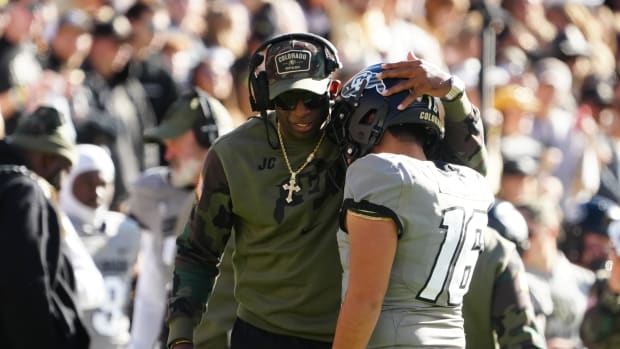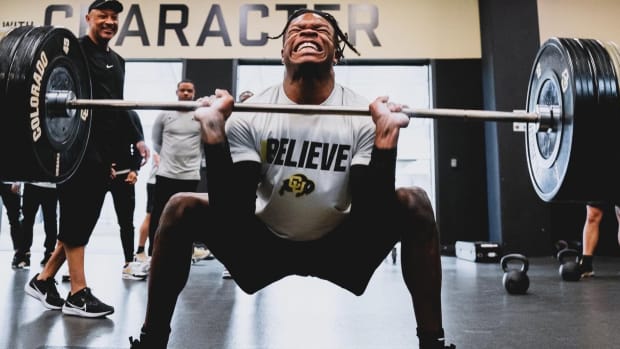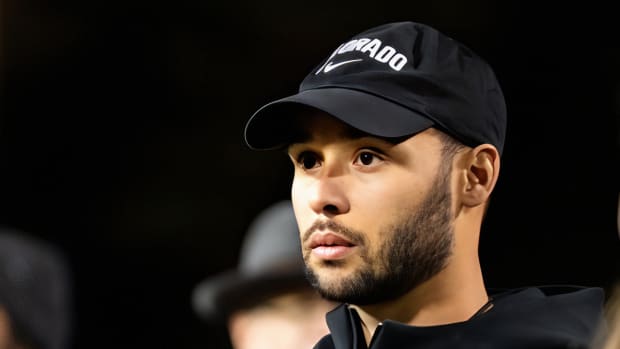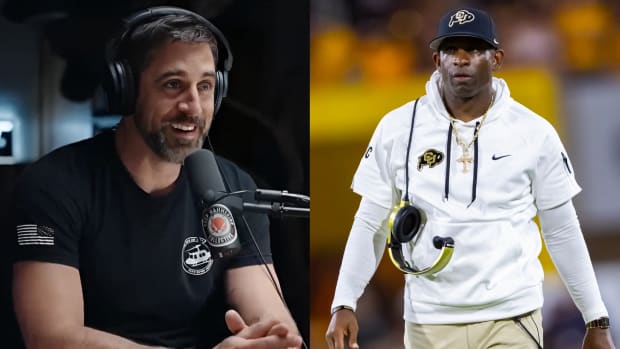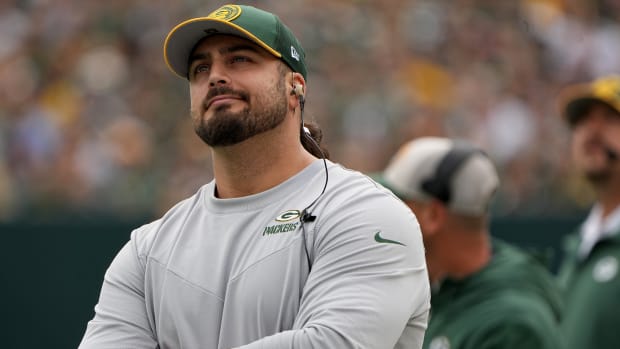Column: What are we doing?
What are we doing? No, seriously, what the H-E-double hockey sticks are we doing?
Why is it up to unpaid athletes to save the financial institution that's on college athletics?
That was a question posed by Brooks Austin of Sports Illustrated's Dawgs Daily and it has been something I have been pondering recently.
But I believe it goes beyond just that. We are seeing college athletes become the guinea pigs of a social experiment.
The social experiment is can we keep people healthy with all of the precautions possible including mass testing, sanitization and ultimate control of who is and who isn't walking into the building.
The college athletes are test subjects to see if they can safely bring students back to school in the fall.
And one of the main reasons most schools want to have students on campus in the fall is so they can play football games.
USC has already announced it isn't likely they will have students on campus in the fall. Yet, the football players and other athletes continue to "voluntarily" workout on campus.
Arizona, on the other hand, has paused their voluntary workouts as a massive outbreak is happening in Tucson. They have not had many athletes test positive. But their president has said, at this rate, it's unlikely they will have students on campus this fall.
The athletic directors and administrators sold the people on this idea of bringing athletes back to campus off of the basis they can control the spread by following all of the precautions and having control over who is and who isn't entering the building.
If any of that is true, it hasn't worked out to this point.
Clemson is up to 34 cases on their football team. And that was as of last week, it has likely grown since then. They are still going forward with voluntary workouts.
Kansas had to pause its voluntary workouts on Friday after 12 football players tested positive for the Coronavirus.
Numbers are much lower at other schools but it is only bound to grow and most numbers reported where right when the athletes arrived on campus. The numbers after new rounds of tests have been staggering.
Colorado has yet to release COVID-19 numbers although Nicki Jhabvala said two players had tested positive during the initial round of testing.
CU has been checking the athletes' temperature when they arrive at the facility. Some players have only been tested once, when they got to Boulder, and some have been tested twice.
Most football athletes have been on campus for almost a month by now.
The argument most people like to use to rationalize using college athletes as guinea pigs is COVID-19 is harmless to them anyway because most healthy 20-year-olds are not dying from this virus.
I like to ask how they know the lasting effects of this virus when no one else in the world does? There have been a few studies, nothing substantial, that have shown long-lasting effects to the internal organs after contracting the virus.
The other rebuttal I hear often is these athletes aren't forced to go to voluntary workouts. Head of football strength and conditioning Drew Wilson shut that argument down pretty quickly this week.
And one of his assistants, Justin Brennan, tried to rationalize forcing workouts by saying, "Not working out sets student-athletes up for failure. I’m not just talking about losing games, but potentially being seriously injured due to not being physically prepared to play a violent game."
Then Arizona, Kansas and Oklahoma State shouldn't have halted their workouts because they are putting their athletes in danger of serious injury.
Even if the season was going to start on time, which even the Pac-12 commissioner admits is not very likely at this point, I don't think coaches that had seen their best player injured for half the season the last two years (and many more throughout the roster) should be bragging about protecting their players from serious injury.
If the social experiment works, athletic departments will get the money they so desperately need and the college athletes won't see any of it.
If it doesn't work, athletes all over the country will have contracted the virus, they will be unable to play football and nothing will change in terms of the benefits they have earned.
So tell me, where is the benefit for the athlete? And what in the world are we doing?

